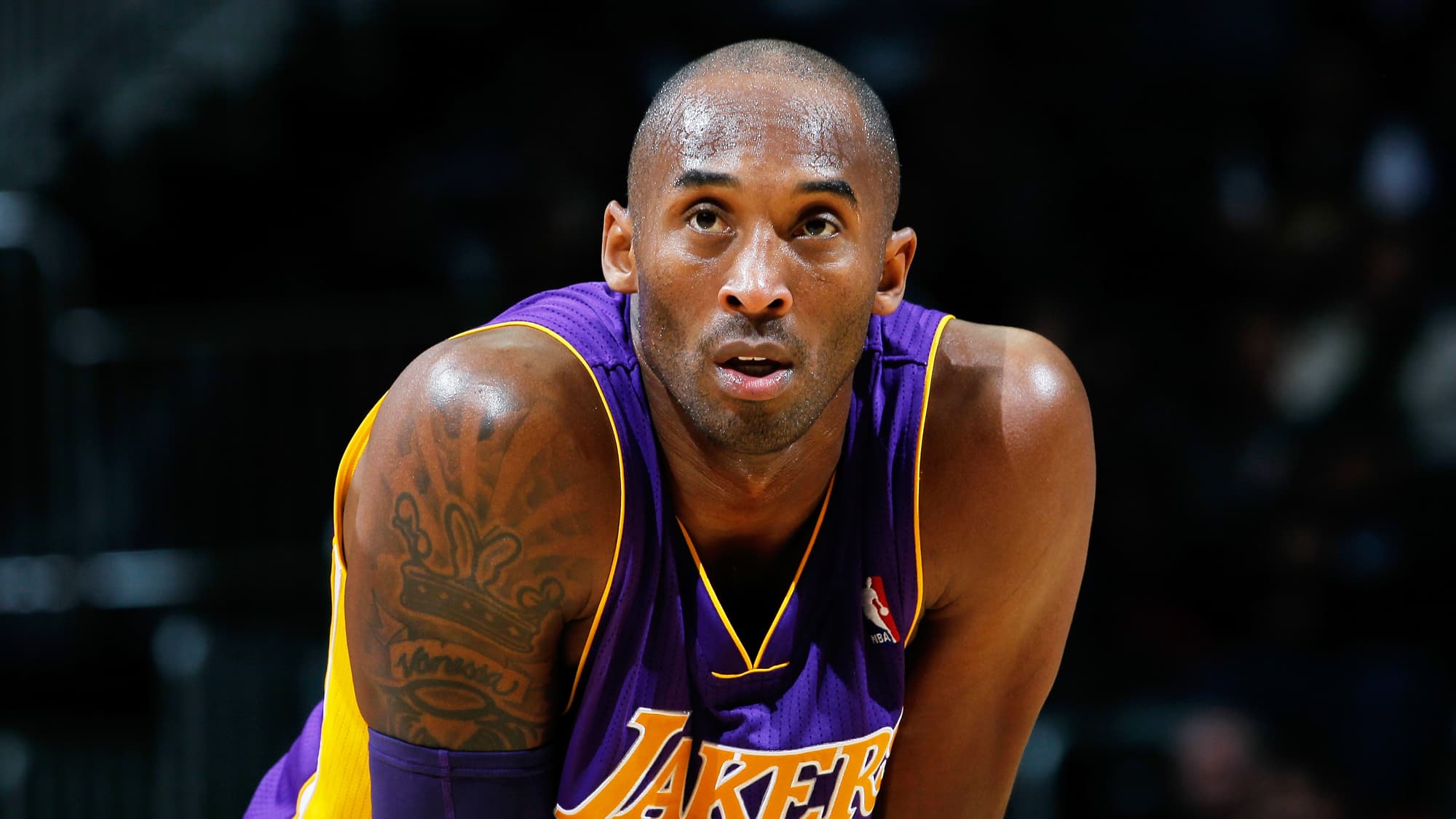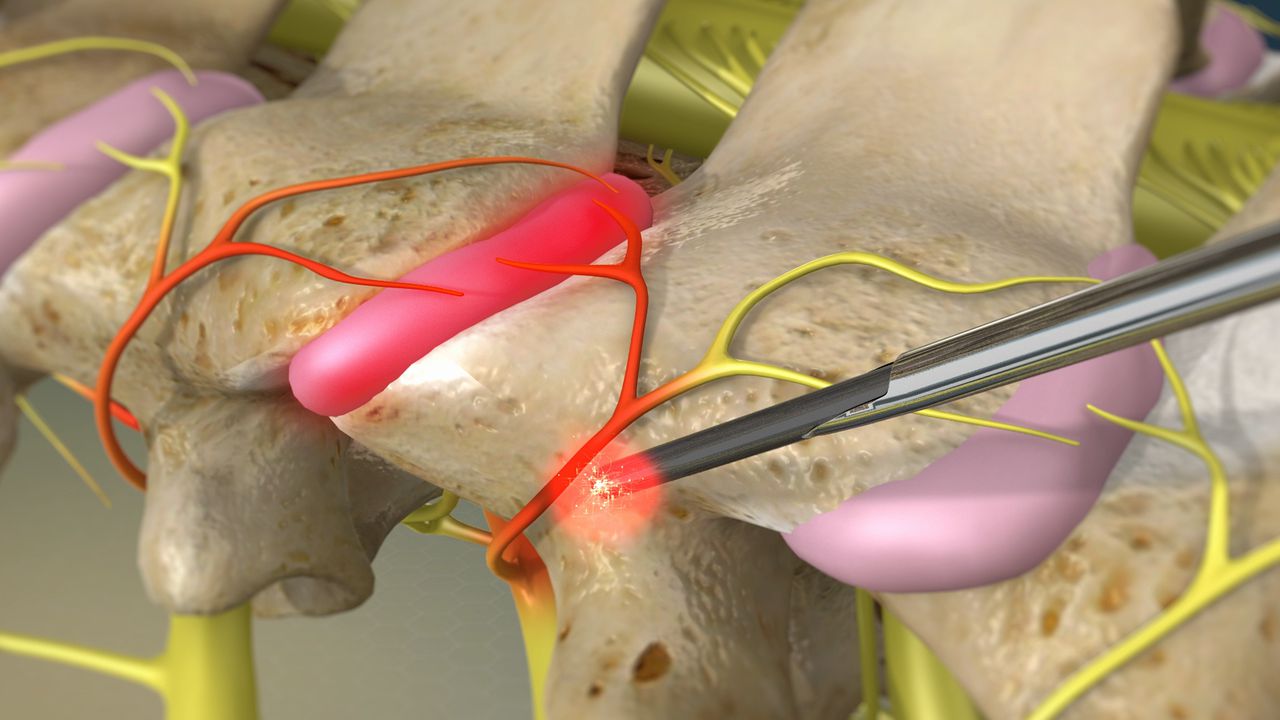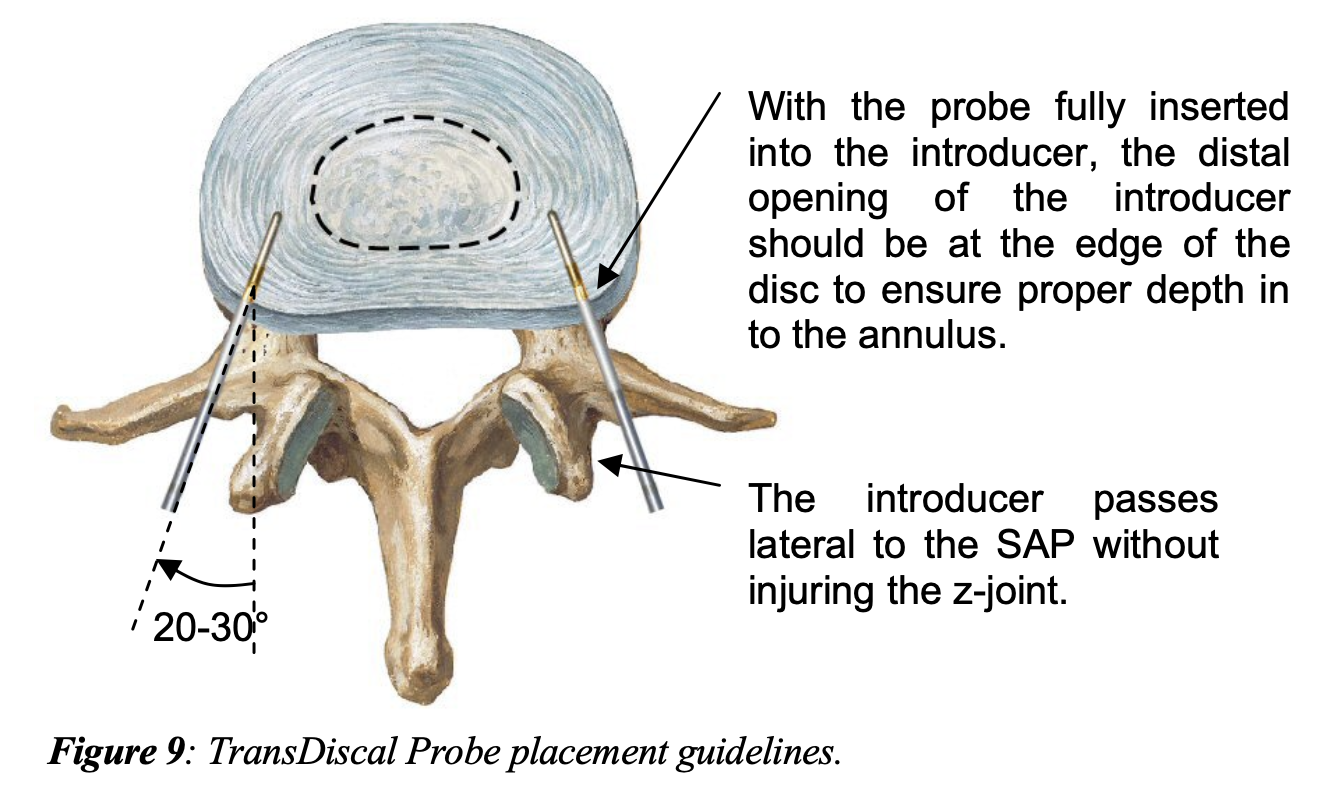Kobe Bryant, one of the greatest basketball players of all time, made headlines in 2011 when he traveled to Germany for a cutting-edge regenerative medicine treatment. As Bryant entered his 30s, an arthritic knee was leading to a downward trend in his statistics—he received Regenokine treatment, which is similar to PRP (Platelet Rich Plasma) therapy. Bryant was 34 at the time of the treatment and went on to experience a career resurgence after the treatment 1.
The Procedure: Regenokine Therapy
Regenokine therapy, also known as Orthokine or autologous conditioned serum (ACS) therapy, was created by Dr. Peter Wehling, a German orthopedist. This form of regenerative medicine is designed to treat joint pain and inflammation caused by arthritis, injury, or overuse. With Regenokine, blood is removed from a patient up to three weeks beforehand, mixed with other substances and then re-injected 2. The therapy itself is part of a larger category of treatments known as “biologic medicine,” in which the patient’s own tissues are extracted, carefully manipulated, and then reintroduced to the body 3. After drawing a small amount of the patient’s blood, it is then incubated at an elevated temperature to stimulate production of anti-inflammatory proteins, called interleukin-1 receptor antagonists (IL-1Ra), within the blood. The serum containing the IL-1Ra proteins is then separated from the blood and injected back into the affected joint to provide targeted pain relief and promoting healing.
Why Germany?
Bryant had to go to Germany for this treatment because it is not yet approved for use in the United States. The FDA has not yet approved all elements of the program, specifically the amount of time that the blood is stored before being reinjected 2. Germany has long been a leader in the field of regenerative medicine, with more lenient regulations allowing for the development of innovative treatments not yet available in other parts of the world.
The Benefits of Regenokine
The benefits of Regenokine therapy are that it allows the body to heal itself using its own healing mechanisms. Instead of cutting with a scalpel or administering a synthetic drug, which can have long recovery times and nasty side effects, the healing mechanisms of the flesh are put to work 3. This can lead to improved joint function and reduced pain.
- Personalized treatment: Orthokine therapy uses the patient’s own blood, making it a highly personalized form of treatment. This reduces the risk of adverse reactions or complications associated with other types of joint injections.
- Targeted pain relief: By injecting the serum directly into the affected joint, Orthokine therapy provides targeted pain relief and anti-inflammatory effects.
- Non-surgical: Orthokine therapy is a non-surgical, minimally invasive procedure, making it an attractive option for those who wish to avoid the risks and lengthy recovery times associated with surgery.
- Accelerated healing: The anti-inflammatory proteins in the serum not only help to alleviate pain but also promote healing in the joint, potentially leading to long-lasting improvements in joint function.
Kobe Bryant's Experience
After undergoing Orthokine therapy, Kobe Bryant reported significant improvements in his knee pain and overall performance on the basketball court. The success of his treatment led other professional athletes to seek out similar regenerative medicine treatments in Germany, bringing Orthokine therapy and other regenerative medicine techniques to the forefront of sports medicine.
Why this is Important
After undergoing Orthokine therapy, Kobe Bryant reported significant improvements in his knee pain and overall performance on the basketball court. The success of his treatment led other professional athletes to seek out similar regenerative medicine treatments in Germany, bringing Orthokine therapy and other regenerative medicine techniques to the forefront of sports medicine.
Kobe Bryant’s decision to travel to Germany for Orthokine therapy highlights the potential of regenerative medicine to revolutionize the treatment of joint pain and injury. With its personalized approach, targeted pain relief, and non-surgical nature, Orthokine therapy offers an exciting alternative to more traditional treatment options. As research and development in regenerative medicine continue to advance, it is likely that even more innovative and effective treatments will become available to athletes and individuals suffering from joint pain and injury.




